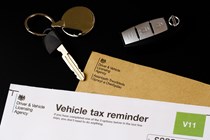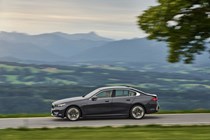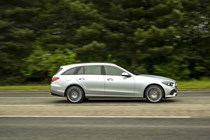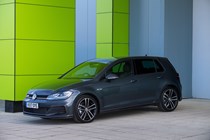At a time when car running costs seem to be escalating ever higher, you may be looking around for ways of cutting down your outgoings. One way of doing that is to reduce your road tax – technically known as vehicle excise duty (VED) – but doing so isn’t as easy as you might hope.
That’s because it’s not possible to reduce the cost of VED on your current car. Every car on the road is classified into a tax band that’s based on its carbon dioxide emissions or its engine size, depending on how old the car is. That classification is fixed for the car’s life and there’s no way of changing it – unless you go to the expense and hassle of changing its engine.
So, if you want to significantly reduce the amount you pay for VED each year, in all likelihood you’ll have to sell your existing car and get another one that incurs a lower tax bill. Here, we’re going to look at what sort of cars might fit the bill and some of the traps that could result in you paying more for VED than you expected.
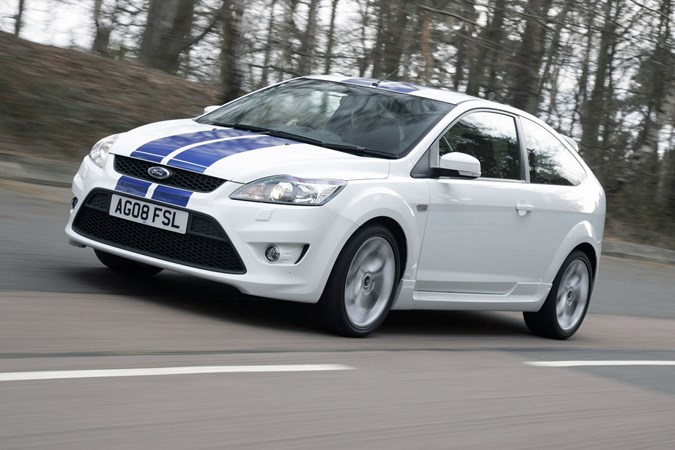
Understanding how road tax works
First, let’s just have a quick look at how VED actually works because it can be a bit difficult to wrap your head around. There are, in fact, three VED regimes in place for cars of different ages.
The first regime applies to cars registered before 1 March 2001 and is based on engine size. Cars registered from 1 March 2001 to 31 March 2017 pay VED rates tied to their CO2 emissions. Since 1 April 2017, cars have been charged a first-year VED rate based on CO2 emissions – albeit with different bandings. Then a flat rate is charged from the second time the car is taxed, and a surcharge is applied for five years to cars that cost more than £40,000 when new. Cars over 40 years old are actually exempt from VED.
If you want to know how much VED a particular car is liable for, use Parkers’ free car tax calculator, or you can find a full breakdown of the VED rates on the Government website.
Now, let’s look at what sort of cars incur a low VED charge of under £100 per year – or even no charge at all.

Get a car with free road tax
Believe it or not, there are certain types of car that incur no VED charge. All electric cars, for instance, at least until 2025. But, if an EV doesn’t appeal to you, there’s still a wide range of options.
The happiest hunting ground is among cars registered between 1 March 2001 and 31 March 2017. Such cars are charged VED based on their CO2 emissions and the rate for those that emit less than 100g/km is £0.
There’s a huge variety of tax-free cars available, including everything from city runabouts to big family cars, even premium saloons. And they’re not all diesel, as cars with low CO2 emissions tend to be. There are petrol and hybrid options out there, which could be a better bet if you drive in a clean air zone (CAZ) such as the London ULEZ. You can find Euro 6 diesels that are compliant with CAZ requirements and emit less than 100g/km, but they’re few and far between.
If you’re struggling to find anything that takes your fancy among sub-100g/km cars, there is an alternative that could be up your street. Once a car turns 40 years old, it becomes exempt from VED. Which creates a sound financial basis for getting that classic car you always promised yourself – sort of!
Note that even if your car’s VED is free, you still have to tax it online every year, so it’s properly registered in the system.

Get a car that costs less than £100 to tax
Beyond the cars that are VED exempt because they emit less than 100g/km of CO2, there are many more that cost less than £100 per year to tax. Particularly among those cars registered between 1 March 2001 and 31 March 2017.
Cars that cost £20 a year to tax emit 101 to 110g/km of CO2, while those that emit 111 to 120g/km are charged £35. Tip over that boundary to a car that emits 121g/km and your VED bill takes a huge jump up to £160.
Within that 101 to 120g/km range, you’ll find a vast selection of cars available, including small hatchbacks, family-friendly estates and MPVs, plenty of SUVs and even some sports cars. You’ll find diesel, petrol and hybrid options, as well.
There are more recent cars registered from 1 April 2017 that incur a VED charge of less than £100, though they’re mostly plug-in hybrids. The cut-off point is 75g/km – cars that emit less than that are charged no more than £30. Go over that threshold and the next band (76 to 90g/km) is charged £135.
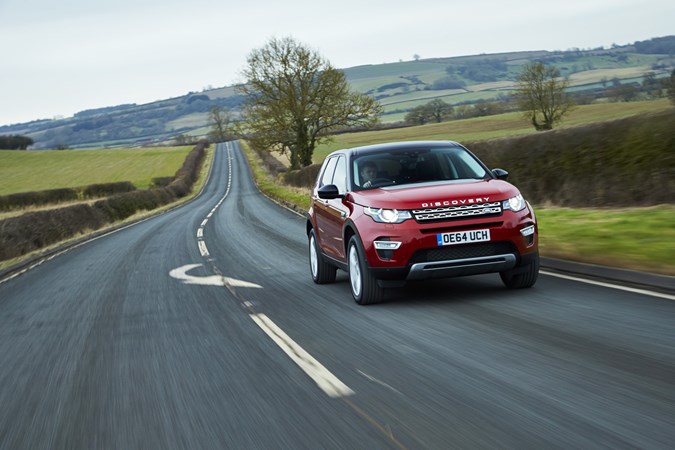
Get a car of the right age
We’ve mentioned a few times that CO2-emissions-based VED bands changed on 1 April 2017, bumping up the costs significantly for all cars. That means it can be quite easy to get caught out buying a car that was registered after the bands changed.
How big an issue could it be? Let’s say you’re looking at two examples of a particular model of that emits 120g/km of CO2 – a BMW 320d, for instance. One was registered on 31 March 2017, the other on 1 April 2017. VED for the one registered in March would cost £35, but it would cost £220 for the one registered in April. That’s a huge difference by any standard.

Get a car with small wheels
The style of a car with big alloy wheels can be very appealing, but it could end up costing you more in VED. That’s because bigger wheels generate more friction which an engine has to work harder to overcome, increasing fuel consumption and CO2 emissions.
The difference in emissions between, say, a Mercedes-Benz E-Class with 17-inch wheels and one with 19-inch wheels may only be a few g/km. But it could be enough to tip the bigger-wheeled car into a higher tax band.

Get a car that cost less than £40,000
Since 1 April 2017, cars haven’t been taxed solely on their CO2 emissions. Cars that cost more than £40,000 when new incur an extra charge from their first birthday through to their fifth – known as years two through six in DVLA jargon. It’s a pretty substantial charge, too, of £410. Note that, from 2025, the charge applies to electric cars as well as petrol, diesel and hybrid ones.
As a result, you’ll find there can be a big difference in the VED bill between various models of a particular car, even if they have the same engine. So it may behove you to go for a mid-range model, rather than the top-spec one.
Be aware that the £40,000 threshold isn’t based on a car’s basic list price – it includes any optional extras. A car that was originally priced in the mid-to-high £30,000 range could easily tip over the £40,000 mark if it’s fitted with a few options.

FAQs
Can I reduce road tax on my car?
There’s no way to reduce your road tax bill on your current car. Road tax costs are based on a car’s engine size or CO2 emissions, depending on how old it is, and there’s no easy way of changing your car’s classification. You could swap in a smaller engine or convert it to run on battery power, but the cost of doing so and the hassle of getting your car reclassified means it’s not a cost-effective solution.
You can, however, save can a bit of money by changing how you pay for road tax. Paying for a full 12 months costs less than buying two lots of six months; paying by Direct Debit increases the total cost, as well.
How can I get low road tax?
This article explains what sort of cars cost less than £100 per year to tax and points out some of the traps that could lead to you paying more than you expected. Scroll up to the top of the page to find out everything you need to know.




